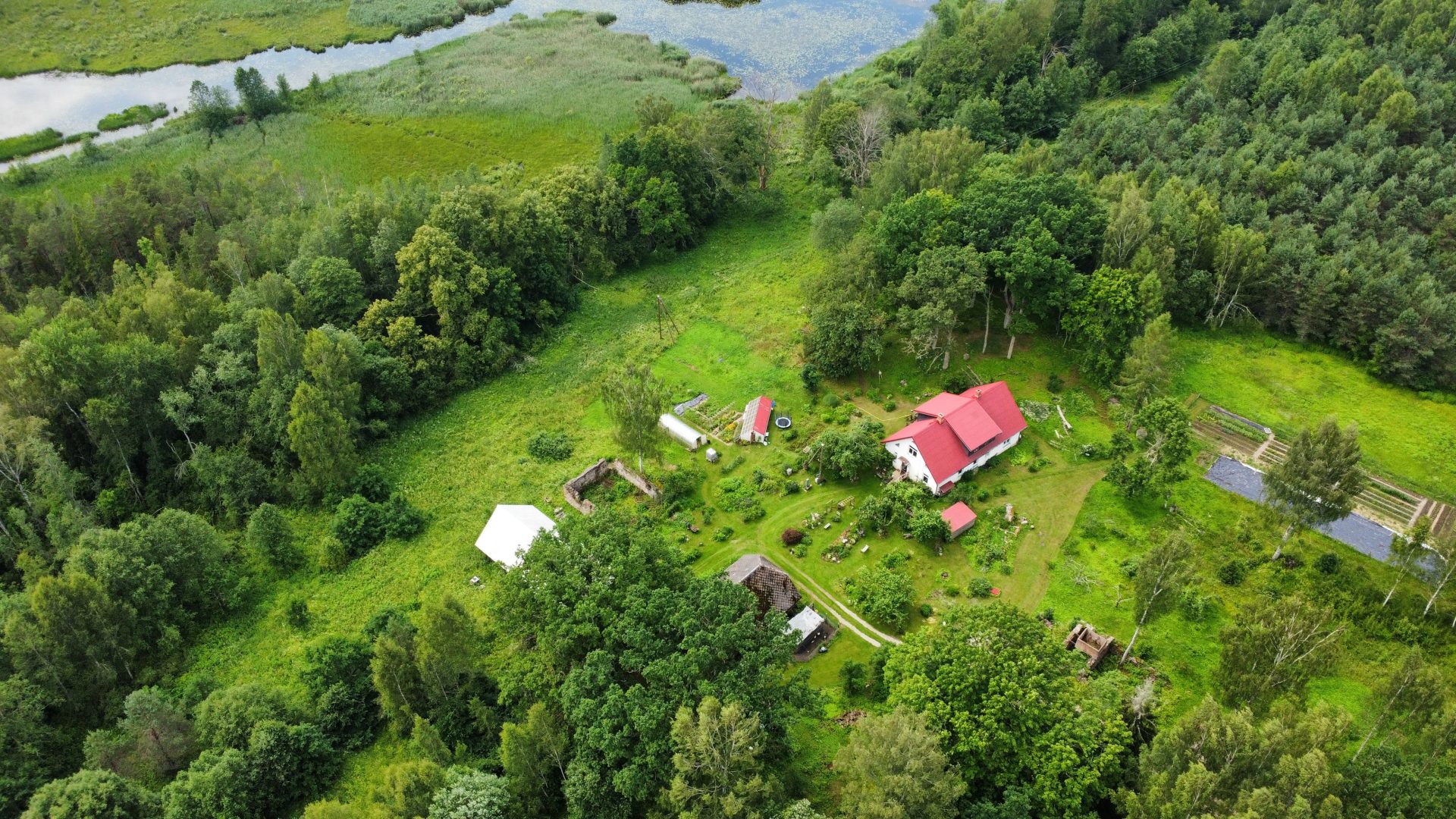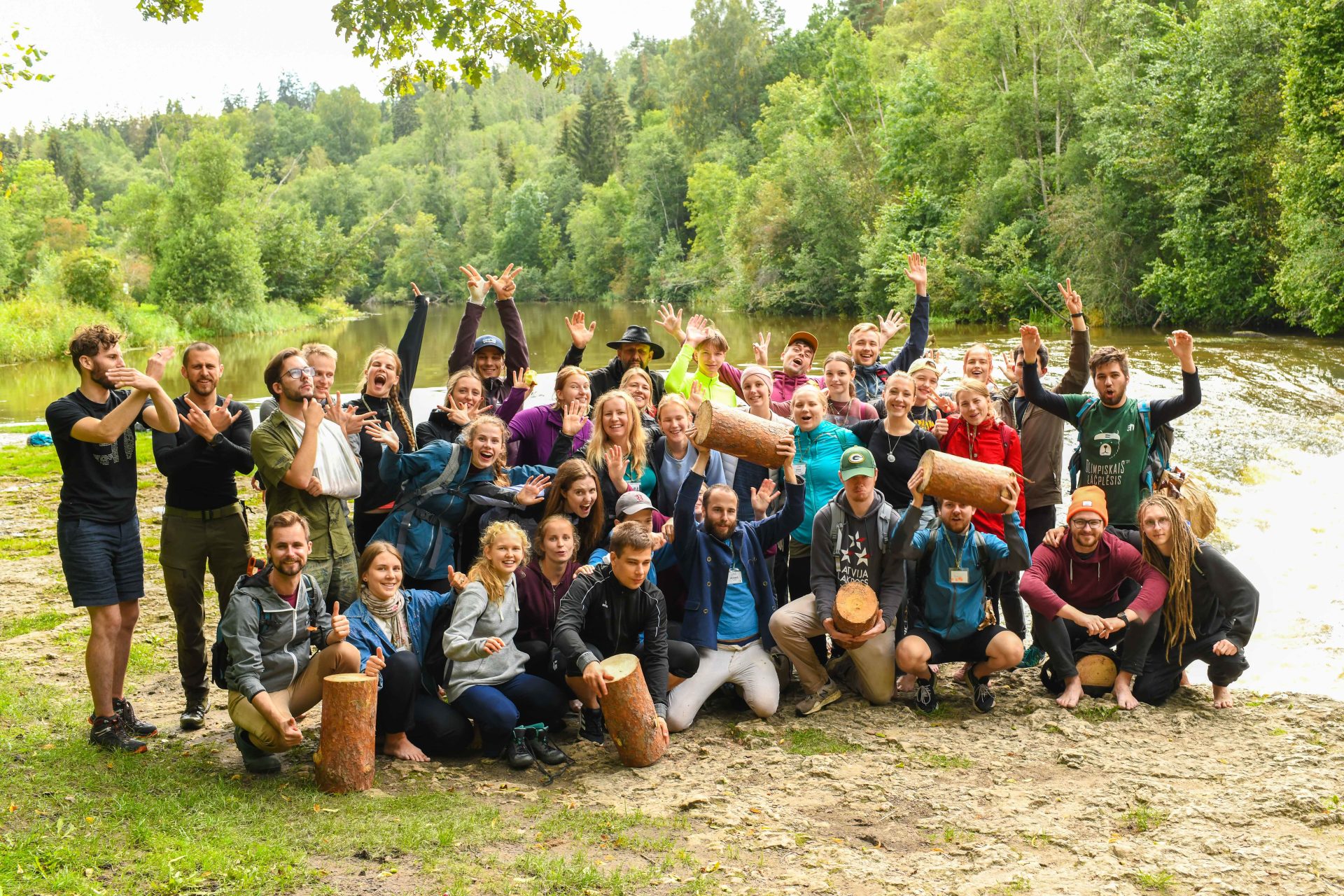Just a few years ago, Gary Dickenson was running a successful marketing communications and website development agency from his home base in Norfolk, England. Now, he and his wife Gita, an artist, manage a homestead on her family’s property in rural north Latvia.
“Remote is a relative word, but we are 9 km down a dirt track from the village!” says Gary of their current base, from which he is in the process of setting up a new business. Baltic Homesteaders is a consultancy and guide service for those looking to shift gears towards a more resilient lifestyle. So, how did their own big move come about? Interestingly, it was never really part of a plan!
This is Gary’s second experience of living in Latvia. From 2004 to 2007, he and Gita lived in Riga but returned to the UK when his business grew. There, Gita made a living from her art, creating pieces that tourists would take home to remember their time in the scenic coastal town of Cromer. They lived comfortably until, several years down the line, Gita’s father in Latvia took a fateful tumble. Since caregiving in Latvia often falls to the family —typically the female member — Gita traveled back to support him. When she was still there six months later, the Dickensons realized that, aside from family, friends, and community ties, there was little reason to stay in the UK. And just like that, they moved.

